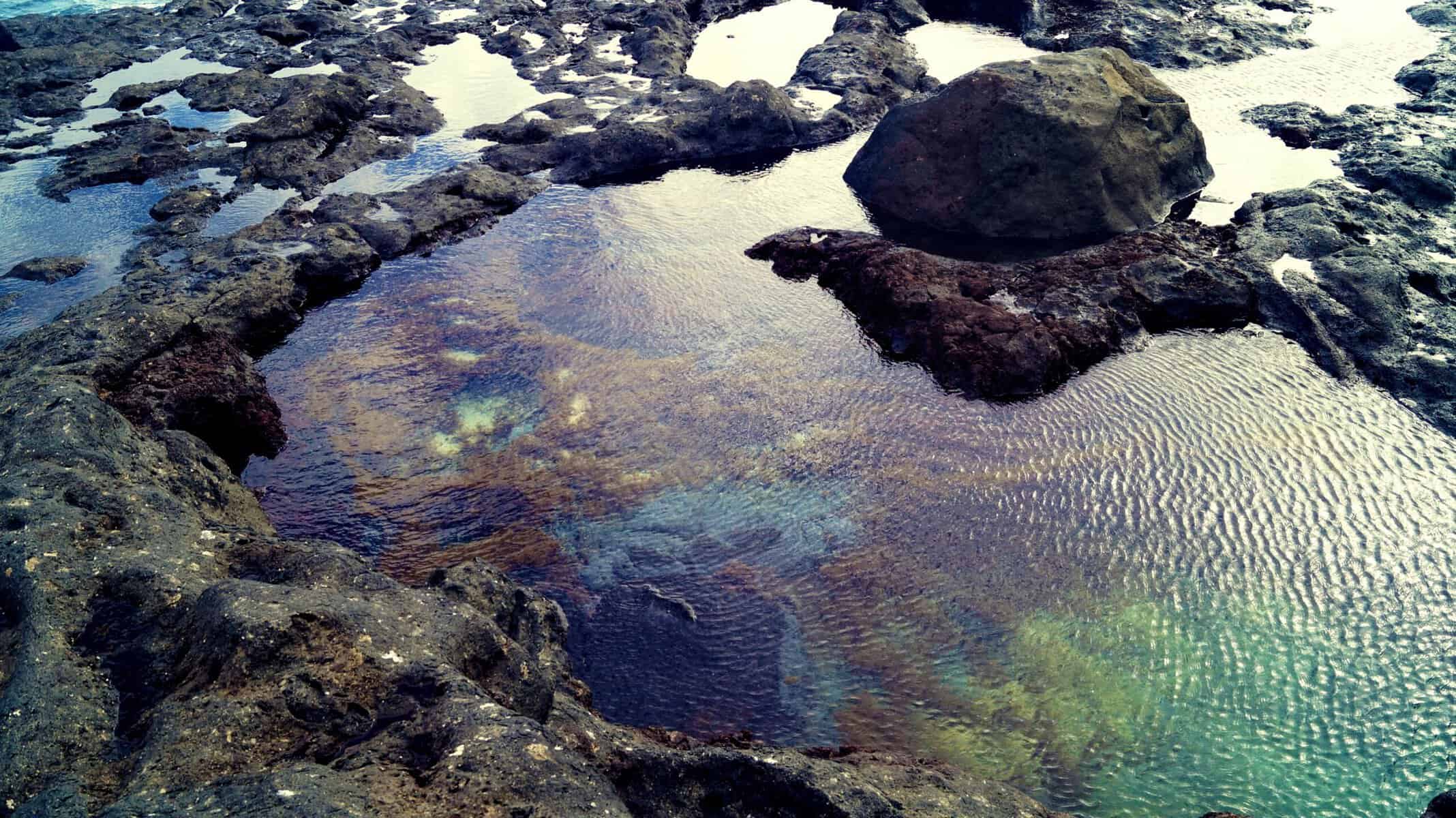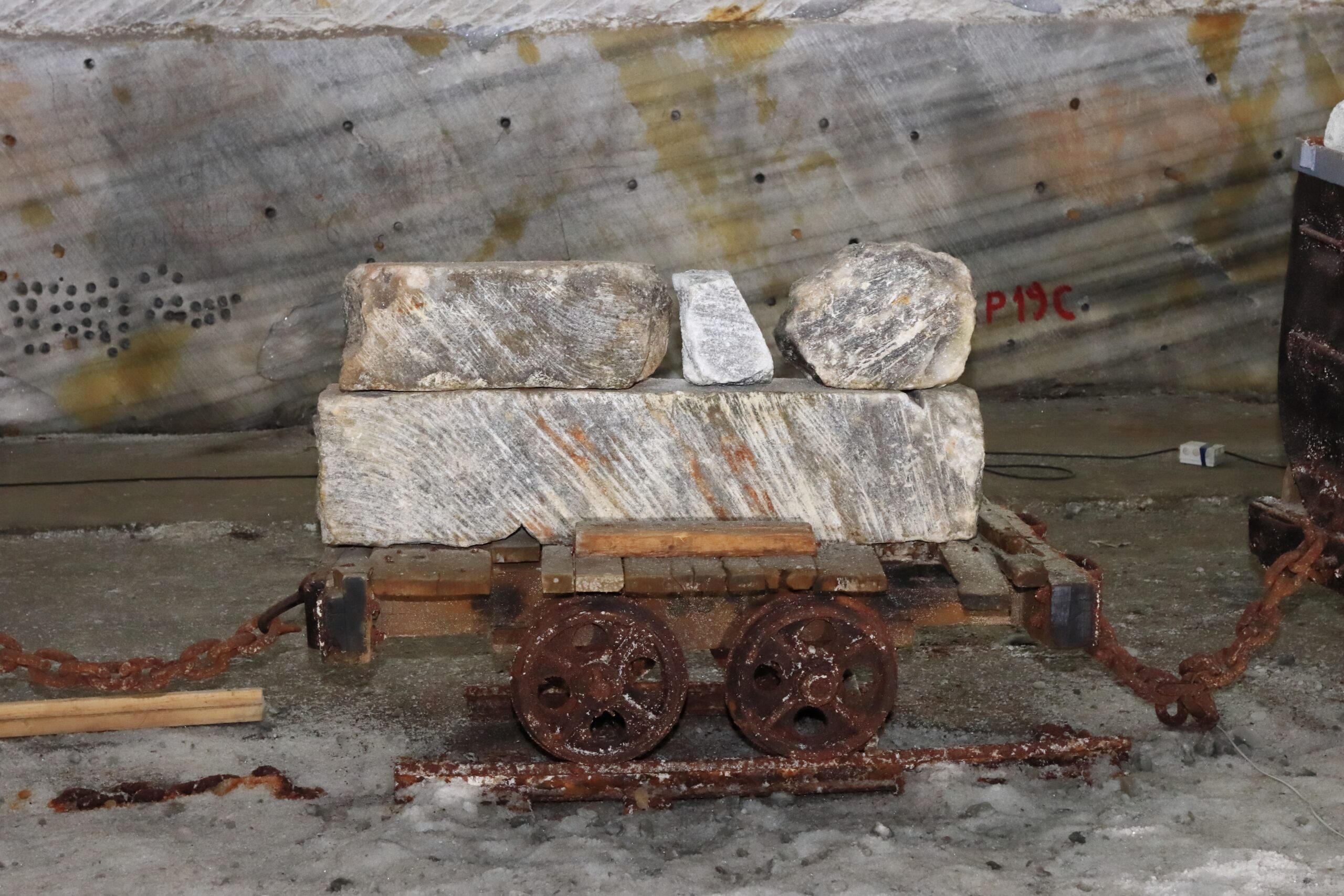In “The Rising Salinity of US Groundwater and its Implications for Infrastructure, Ecosystems, and Human Health,” it has been discovered that the groundwater in the United States is becoming saltier, a development that has far-reaching consequences for our infrastructure, ecosystems, and even our own health. The US Geological Survey (USGS) has been diligently monitoring the quality of groundwater for over three decades, and their findings reveal significant increases in sodium and chloride ions, as well as dissolved solids – all markers of increased salinity. This study, conducted as part of the National Water Quality Network, seeks to provide an overall assessment of the country’s water quality. Through sampling wells in residential, urban, and agricultural areas, researchers have gained insights into the status and trends of groundwater quality. Alarming patterns of rising salinity have been identified in certain regions, such as the Northeastern and Upper Midwest regions, where road salt application is high, as well as arid regions in the southwest, where irrigation contributes to elevated salinity. The impact of rising salt levels extends beyond the environment, posing risks to aquatic life in streams and corroding infrastructure. Additionally, the study has uncovered that increasing salinity can mobilize radioactive elements like radium, posing a direct threat to human health. Recognizing and understanding the environmental effects of road salt can play a significant role in mitigating the negative impacts of rising groundwater salinity.
Implications for Infrastructure
Corrosion of pipes and infrastructure
The increasing salinity of groundwater in the US has significant implications for infrastructure, especially the corrosion of pipes and other components. Salty water can erode pipes over time, leading to leaks and breaks in the system. This not only disrupts the supply of water but also poses a risk of contamination as the corroded pipes may release harmful substances into the water supply. Additionally, infrastructure such as bridges and buildings can also be affected by the corrosive effects of salinity, leading to structural damage and increased maintenance costs.
Effects on concrete and buildings
High salinity levels in groundwater can also have detrimental effects on concrete and buildings. Salt can penetrate and react with the concrete, causing it to deteriorate and weaken over time. This can result in cracks, crumbling, and reduced structural integrity. Buildings constructed with concrete, such as bridges, dams, and residential structures, are particularly vulnerable to these effects. Not only does this pose safety risks, but it also requires costly repairs and maintenance efforts to ensure the longevity of the infrastructure.
Implications for Ecosystems
Impact on freshwater ecosystems
The increasing salinity of groundwater has a profound impact on freshwater ecosystems. Aquatic ecosystems, such as streams, rivers, and lakes, rely on a delicate balance of water chemistry to support a diverse range of flora and fauna. When salt levels rise, it disrupts this balance and can lead to the decline of certain species. Some organisms, such as fish and macroinvertebrates, are less tolerant of saline conditions and may die or be driven away from their habitats. The loss of biodiversity can have cascading effects on the entire ecosystem, affecting the food chain and reducing overall ecosystem health.
Harm to aquatic life in streams
Streams, in particular, are vulnerable to the harmful effects of increasing salinity. As groundwater with high salt content makes its way into streams, it raises the salt concentration in the water, making it inhospitable for many freshwater species. High salt levels can impair the ability of fish and other aquatic organisms to regulate their internal water and salt balance. This can result in physiological stress, reduced reproductive success, and ultimately population declines. Additionally, the presence of salt can alter the composition of streambed sediments, affecting the habitat of benthic organisms and disrupting the entire stream ecosystem.

Implications for Human Health
Risk of consuming salt-contaminated water
The rising salinity of groundwater poses a risk to human health, particularly with regards to consuming salt-contaminated water. As salty groundwater seeps into wells and other water sources, it can lead to increased salt content in drinking water. High salt intake is associated with various health issues, including hypertension, cardiovascular diseases, and kidney problems. The consumption of salt-contaminated water over an extended period can have detrimental effects on human health, especially for individuals with pre-existing health conditions. It is crucial to monitor the quality of drinking water and take necessary measures to reduce salt contamination.
Mobilization of radioactive elements
Another concerning implication of rising groundwater salinity is the mobilization of radioactive elements. Studies have found that increased salinity can mobilize radium, a naturally occurring radioactive element commonly found in groundwater. Radium poses a significant health risk when ingested or inhaled, as it can accumulate in the body and emit harmful radiation. Long-term exposure to high levels of radium can increase the risk of developing cancer, especially bone cancer. Therefore, it is crucial to address the issue of rising salinity to prevent the mobilization of radioactive elements and protect human health from associated risks.
Monitoring and Research
US Geological Survey (USGS) monitoring
The US Geological Survey (USGS) has been actively monitoring groundwater quality for over three decades, providing valuable insights into the increasing salinity trends and their implications. The USGS employs various methods, including regular sampling and analysis of groundwater samples, to assess the levels of sodium, chloride ions, and dissolved solids related to salinity. Their monitoring efforts help identify areas with significant salinity issues and enable policymakers and researchers to develop targeted strategies for mitigation.
National Water Quality Network
The USGS’s monitoring efforts are part of the National Water Quality Network, a comprehensive initiative aimed at evaluating the status of water quality across the nation. The network focuses on monitoring a wide range of water bodies, including domestic, urban, and agricultural areas, to understand the status and trends in groundwater quality. By systematically collecting data from diverse regions and documenting changes over time, the network facilitates a better understanding of the increasing salinity issue and its potential impacts on infrastructure, ecosystems, and human health.
Sampling of wells in domestic, urban, and agricultural areas
The researchers involved in the USGS monitoring efforts sample wells in various settings, including domestic, urban, and agricultural areas. This comprehensive approach allows for a spatial analysis of the salinity patterns across different regions and provides insights into the specific factors contributing to rising groundwater salinity. By focusing on these diverse areas, researchers can identify the main sources of salinity, such as road salt application in urban areas and irrigation practices in arid regions. This targeted sampling helps inform the development of effective mitigation strategies and management practices.

Regional Patterns of Increasing Salinity
Northeastern and Upper Midwest regions
One of the notable regional patterns of increasing salinity in the US is observed in the Northeastern and Upper Midwest regions. These areas experience high levels of road salt application during winter months for de-icing purposes. The salt used on roads to enhance safety during winter storms eventually finds its way into the groundwater through runoff. As a result, the groundwater in these regions has become increasingly saltier over time. The high salinity levels pose significant challenges for infrastructure, ecosystems, and human health in these areas, necessitating targeted mitigation efforts.
Southwest arid regions
Another region experiencing the consequences of rising groundwater salinity is the southwest arid regions of the US. These areas heavily rely on irrigation practices to support agriculture and maintain water supplies for human consumption. However, the irrigation water often contains salts, which are deposited in the soil and leach down into the groundwater over time. As a result, the groundwater in these arid regions has become increasingly saline. The high salinity levels pose challenges for both agricultural productivity and the health of freshwater ecosystems. Sustainable irrigation practices and proper water management are crucial in mitigating the impacts of increasing salinity in these regions.
Causes of Rising Groundwater Salinity
Road salt application in urban areas
One of the significant causes of rising groundwater salinity in the US is the widespread application of road salt in urban areas. During winter months, road salt is commonly used to melt ice and snow, ensuring safe transportation. However, the excessive use of road salt leads to its accumulation on road surfaces and subsequent runoff into nearby water bodies. Over time, the salt reaches groundwater sources, increasing the salinity levels. This emphasizes the need for improved road salt application practices and alternative de-icing methods to minimize the environmental impacts of salinity on infrastructure and ecosystems.
Irrigation practices in arid regions
In arid regions of the US, the primary cause of rising groundwater salinity is the irrigation practices employed to sustain agriculture and human water needs. Water with high salt content is often used for irrigation, and as crops are watered, the excess salt accumulates in the soil. This salt-rich irrigation water not only affects the quality of groundwater, but it also degrades the productivity of agricultural lands. Sustainable irrigation methods, including the use of alternate water sources and improved water management techniques, are essential in mitigating the rising groundwater salinity in these arid regions.

Environmental Effects of Road Salt
Impact on freshwater ecosystems
The environmental effects of road salt extend beyond its impact on infrastructure and human health. The high salt content in groundwater, resulting from road salt application, poses significant challenges for freshwater ecosystems. As the salty groundwater enters streams and other water bodies, it disrupts the delicate balance of water chemistry essential for the survival of aquatic organisms. Fish, macroinvertebrates, and other species that rely on freshwater habitats can be negatively affected by the increased salinity. Over time, this can lead to reduced biodiversity and ecosystem instability, compromising the overall health and functioning of freshwater ecosystems.
Corrosive effects on infrastructure
In addition to its impact on natural ecosystems, road salt also has corrosive effects on infrastructure. The salt-laden runoff from roads can infiltrate pipes and other components, leading to accelerated corrosion over time. Corroded pipes are more prone to leaks, breaks, and failures, disrupting the supply of water and increasing maintenance costs. Furthermore, the corrosive effects of road salt can also damage bridges, buildings, and other infrastructure constructed with materials vulnerable to salt-induced deterioration. To mitigate these effects, strategies such as improved road salt application practices and the development of alternative de-icing methods should be employed.
Radium Mobilization and Human Health Risks
Increased salinity and mobilization of radium
One of the concerning aspects of rising groundwater salinity is the mobilization of radioactive elements like radium. Studies have found that increased salinity can enhance the movement of radium in the groundwater. Radium is a naturally occurring radioactive element that can pose significant health risks when ingested or inhaled. As the salt content in groundwater rises, the likelihood of radium displacement and subsequent contamination of water sources increases. This highlights the need to address rising groundwater salinity to prevent the mobilization of radium and protect human health from associated risks.
Health risks associated with radium exposure
Exposure to radium poses various health risks to human populations. When radium is ingested or inhaled, it can accumulate in the body and emit harmful ionizing radiation. The prolonged exposure to radium can increase the risk of developing cancer, particularly bone cancer. Even low levels of radium exposure over an extended period can be detrimental to human health. Therefore, it is essential to address the issue of rising groundwater salinity to mitigate the mobilization of radium and prevent potential health risks for individuals consuming water from contaminated sources.

Mitigation Strategies
Increasing awareness of road salt effects
One of the key mitigation strategies for addressing the negative impacts of rising groundwater salinity is to increase awareness of the effects of road salt on the environment and human health. Educating the public, policymakers, and relevant stakeholders about the detrimental consequences of excessive road salt use can promote more responsible practices. By understanding the link between road salt application, increasing salinity, and its implications, individuals and communities can make informed decisions and support efforts to reduce salt usage and find alternative methods for de-icing roads.
Improving road salt application practices
Improving road salt application practices is crucial in mitigating the environmental and infrastructure effects of rising groundwater salinity. This can be achieved through more precise application techniques, such as using calibrated equipment and optimizing salt distribution. Additionally, pretreating roads with anti-icing agents can reduce the overall amount of salt required during winter storms. By implementing these practices, it is possible to minimize the amount of salt reaching groundwater sources and reduce the corrosive effects on infrastructure.
Developing alternative de-icing methods
To further reduce the reliance on road salt, it is important to invest in the development and implementation of alternative de-icing methods. Numerous alternatives, such as brines made from alternative chemicals, organic matter-based de-icers, and geothermal snow melting systems, have shown promise in reducing the environmental impact of de-icing while maintaining road safety. Research and development initiatives should focus on identifying and promoting these alternatives to ensure the long-term sustainability of transportation systems and mitigate the increasing salinity of groundwater.
Conclusion
The increasing salinity of groundwater in the US has far-reaching implications for infrastructure, ecosystems, and human health. Corrosion of pipes and infrastructure, as well as the negative effects on concrete and buildings, pose significant challenges and necessitate increased investment in maintenance and repair efforts. Freshwater ecosystems, especially streams, are vulnerable to the harmful effects of rising salinity, leading to the decline of species and compromising overall ecosystem health. Human health is at risk due to the consumption of salt-contaminated water and the mobilization of radioactive elements like radium.
Through monitoring and research efforts, such as those carried out by the US Geological Survey (USGS) as part of the National Water Quality Network, we can gain valuable insights into the nature and extent of the problem. Identifying regional patterns of increasing salinity, such as in the Northeastern and Upper Midwest regions and arid regions in the Southwest, allows for targeted mitigation strategies. By increasing awareness of road salt effects, improving application practices, and developing alternative de-icing methods, we can work towards mitigating the negative impacts of rising groundwater salinity and protecting our infrastructure, ecosystems, and human health for future generations.


